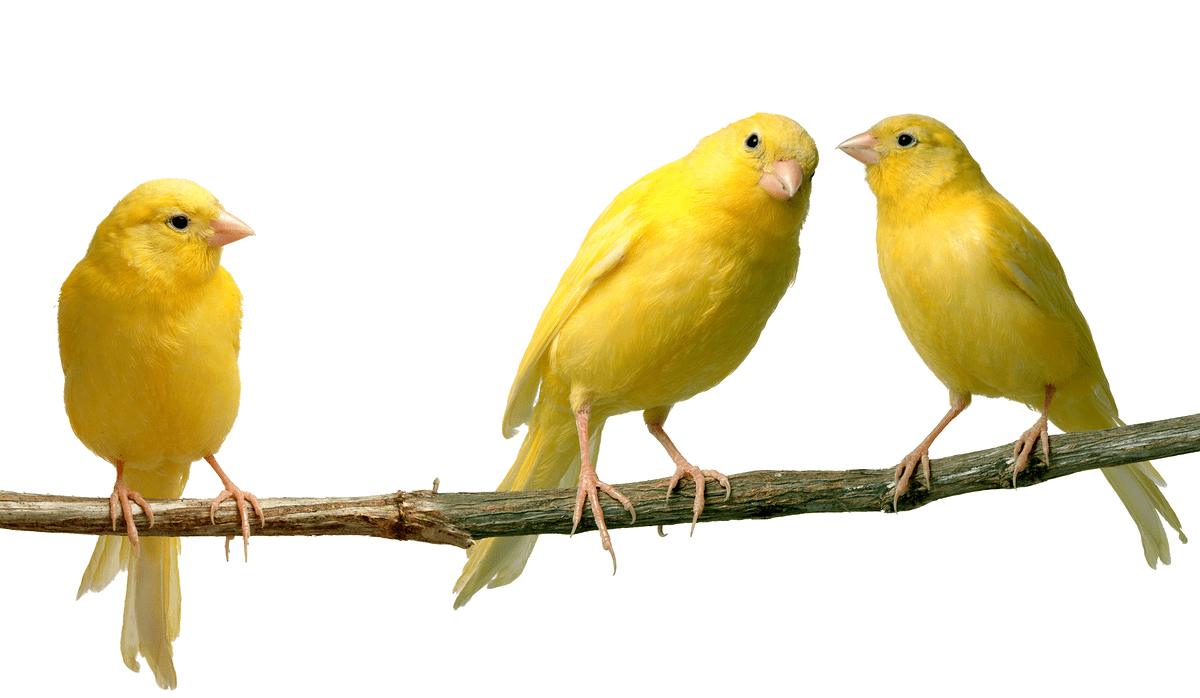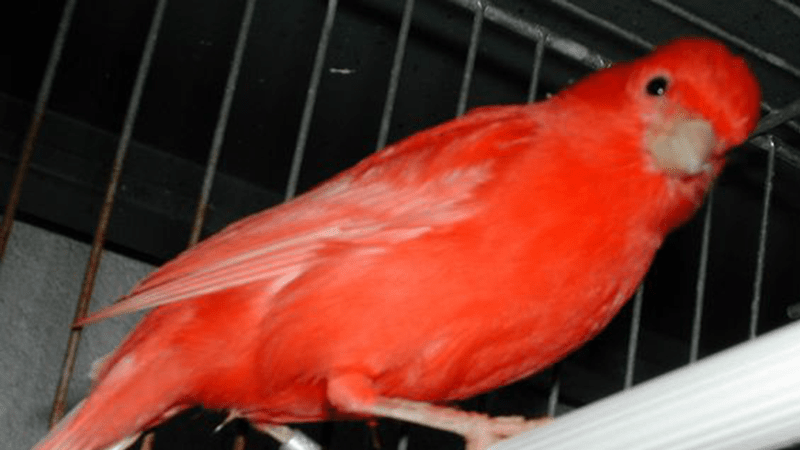Breeds of Canaries, what you’ve always wanted to know
Breeds of Canaries, what you've always wanted to know Maybe when you listen to the chirping of a canary (Serinus Canaria domestica), you have wondered where that beautiful bird comes from, how many breeds of canaries

Breeds of Canaries, what you’ve always wanted to know
Maybe when you listen to the chirping of a canary (Serinus Canaria domestica), you have wondered where that beautiful bird comes from, how many breeds of canaries exist, how many years they live, and many other questions that we will answer throughout this post.
Origin
The domestic canary, as we know it today, it is the product of a long process of domestication of the wild canary.
All of this started in the 17th century when the first specimens arrive in Europe, which was brought by Spanish sailors.
From that moment on, different breeds of canaries began to cross and their breeding became popular, no longer being something exclusive to nobles.
This is how it has come to the present day, being this bird (the domestic canary) one of the favorite pets in almost all places around the world.
Different Breeds of Canaries
There are a lot of breeds of canaries. In order to differentiate them better, they are ordered into three large groups according to their purpose. For example, we have the Color Canaries, Chirping and the Form Canaries. We have mentioned before that each group is composed of different breeds; some of them are the preferred ones of lovers of this kind of birds.
Color Canaries
The most distinctive and primordial of this breed of canaries is the color of the plumage bird. That is why those people who are dedicated to raising this type of race are continuously in search of chromatic variations, obtaining all kinds of shades.
Within the colored canaries, there are two divisions: lipochromic canaries whose basic colors are yellow, white (recessive or dominant) and red. And the melanic syllanics canaries where the presence of melamine generates gray, chestnut, brown and green colors.
Red Canary (Lipochromic)
Chirping Canaries
Those people who are engaged in the breeding of singing canaries are aware that one of the distinctive elements in this breed of birds is the “chirping”.
The color or posture is not too so interesting in this case, but rather the canary’s chirping is better sought. It is a highly valued aspect.
The best-known breeds of this group are the Spanish ringcanary, the American, the roller and the malinois among others.
Form or Posture Canaries
The position that the canary takes when perching on its cage or when it is exhibited in a contest is appreciated. It is also considered the external morphology of the bird to observe that it adapts to the typical patterns of the breed.
In this case, we will find five subgroups: the design canaries, curly plumage, tufted, position, form, smooth plumage. Among the most outstanding breeds of canaries of this group of form or posture, we can mention the Spanish gibcan, curly of Paris, Hosso Japanese, Belgian bossu, gloster, and the Canarian Spanish race, among others.
Size of different Breeds of Canaries
The size of the canaries varies according to the breeds, being specimens from 10 cm, up to 20 cm in the larger breeds. In general, you can set a measurement of 12 to 14 cm for most canaries.
How Long Does a Canary Live?
These types of birds usually live from six to fifteen years. It depends on the type of breed of canaries they belong and the care they receive. In some cases, there have been canaries that have lived for more than 20 years.
Canaries Care
Like any pet, a canary must be taken care of so that it has the best possible quality of life and accompanies us for a long time.
Ideally, you should clean its cage at least once a week, beyond maintaining general hygiene, it will prevent the canary from getting sick.
It is also recommended that the environment where the canary cage is located has luminosity, without exceeding it, if the bird is under the direct effects of the sun the consequences can be disastrous.
In addition to the elements for drinking and eating, your canary must have a large enough cage that gives it comfort where it has a place for daily bathing and swings so that it may go back and forth.
Feeding your canary is essential and it should always be balanced.
Remember that at BBI Laboratories we are specialists in DNA sexing of birds and detection of bird diseases. You can also follow us on our main social networks (Facebook, Twitter, Instagram) where we share relevant information about our activity and the world of birds.

